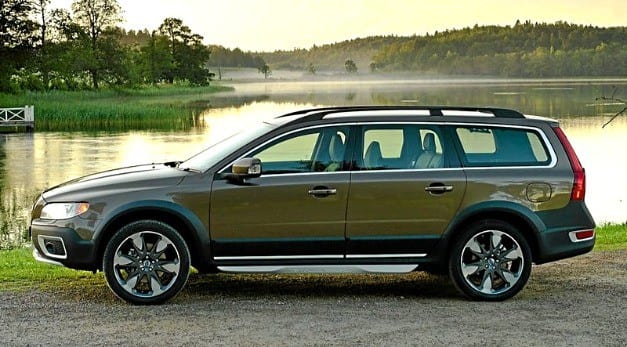
What is a station wagon?
Content
- What does a station wagon look like
- What is the difference between a station wagon
- What are the types of station wagon
- Station wagon and hatchback. What are the differences?
- Station wagon vs hatchback. What is the best choice?
- The most affordable station wagons
- Advantages and disadvantages
- Questions and answers:
Wagon is a type of car body. They are a classic sedan with an increased amount of luggage. Instead of the standard trunk lid, an additional door is installed on the rear wall of the body. Such machines combine a model for transporting passengers and oversized cargo.
For the first time, full-fledged station wagons began to be produced in the late 1940s. The first companies to use this type of bodywork in their products were Plymouth and Wyllis. He gained particular popularity from the 1950s to the early 1980s in America. People needed cars, but quite roomy cars.
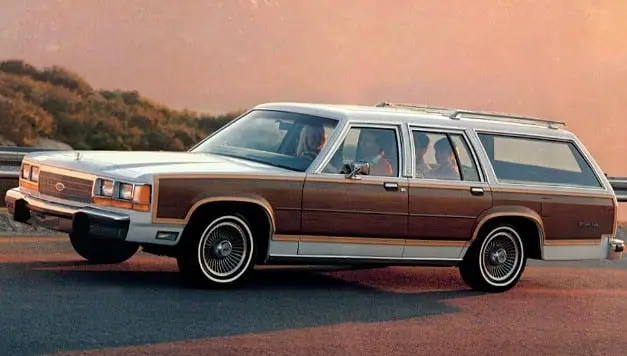
Depending on the technical characteristics of the engine, transmission and suspension, such vehicles can carry 5 people (including the driver) and goods with a total weight of up to 1500 kilograms.
What does a station wagon look like
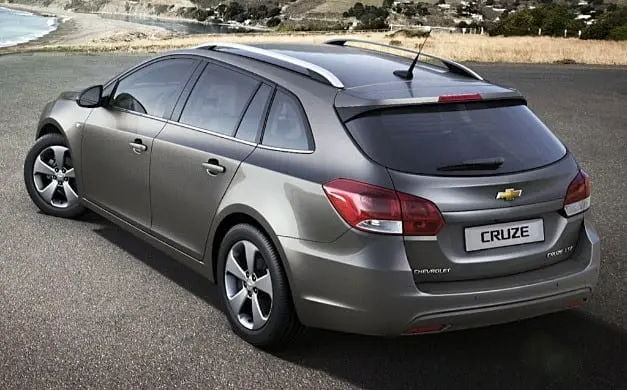
Most car manufacturers, creating a new model range, use one wheelbase (the distance between the axles of the wheels), on which different types of bodies are installed: station wagon, coupe, hatchback, liftback and sedan. The wagon type is most often the longest version on this list.
The car can be easily distinguished by a long roof, which always ends with a large door that opens up. On the sides of most models, there are two doors on each side. Sometimes there are three-door options (two on the sides and one - the boot lada). It is rare to see models whose trunk lid is divided into two parts, opening not up, but in the side.
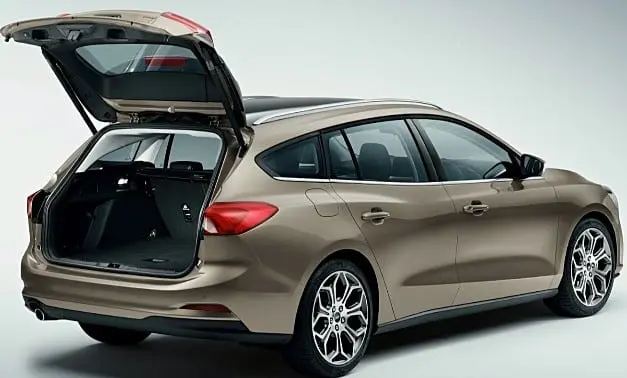
Some American station wagons have a separate rear door, one part of which opens up and the other down. This modification allows you to transport long loads without the need to fix the boot lady. In such machines, the sash is not glazed.
The back door may be upright. In this design, the machine has great practicality, because it will be possible to transport oversized cargo with right angles. It can be a washing machine, a refrigerator, things packed in cardboard boxes. Sometimes drivers use such a car to transport things that are larger than the boot volume. In this case, while driving, a large amount of dust and exhaust gas enters the cabin.
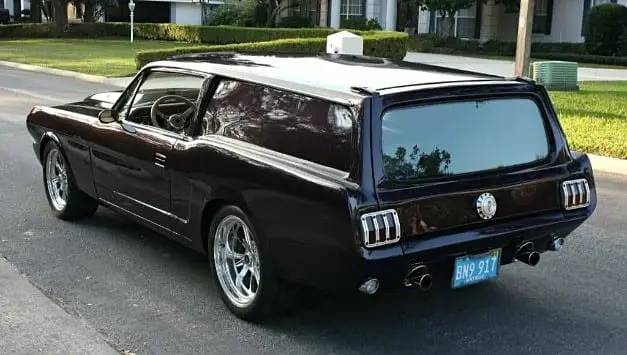
There are modifications with a rear camera mounted at an angle. Manufacturers create such cars not only for a presentable appearance. The aerodynamic properties of such cars are higher than classic station wagons with a rectangular trunk shape.
What is the difference between a station wagon
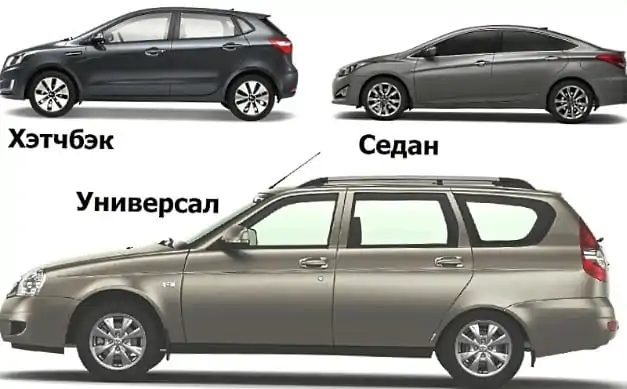
Station wagons belong to the category of practical vehicles. They are most often chosen by representatives of small businesses who prefer to save money on the delivery of goods. Also, this type of body is ideal for large families going on a long trip.
Station wagons are very similar to hatchbacks. Therefore, sometimes the buyer may confuse these modifications. Here's how they differ from each other:
| Universal | Hatchback | |
| Roof | Sloping, often flat | At the level of the rear seatbacks, it descends smoothly to the bumper |
| trunk | The largest in the lineup (you can transport a refrigerator up to 2 m high) | Compact option for small luggage |
| ФормР° РєСѓР · РѕРІР ° | More often has clear contours | Elegant streamlined look |
| Length | The longest body type in the lineup | May be identical to or shorter than a sedan |
The versatile person differs from a sedan, liftback and a compartment in that the salon and a trunk in it are combined. When the rear seats are folded, such a car is used to transport passengers. Depending on the brand of car, the boot volume in it can reach 600 liters. It almost doubles when the back row is unfolded.
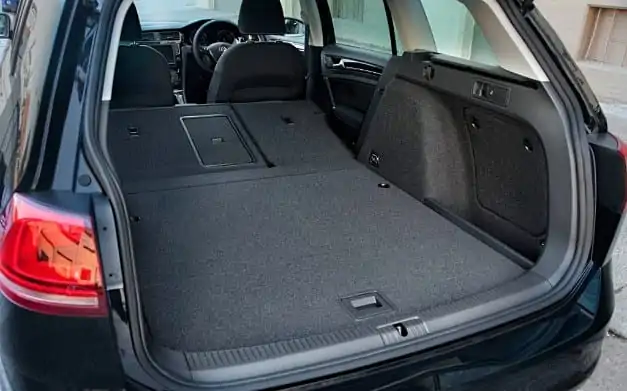
For safety reasons, in modern models, a rigid or soft mesh is installed between the passenger compartment and the trunk. It allows you to use the entire boot space without risking injuries to passengers in the rear seats.
What are the types of station wagon
Despite the fact that the station wagon is a separate body type, it has several subcategories. They are often designed to meet the specific needs of different motorists. Each category has its own stylistic characteristics, level of comfort, even sportiness.
Here are the categories all generalists are divided into:
- Classic station wagons.
 Such a car has a large, pronounced rear overhang, and the body looks more like an aquarium (with abundant glazing). The body is clearly two-volume (the hood and the main part stand out), and the rear door is often almost vertically located. In some models, the rear door can be hinged with two leaves. Sometimes the body height of a classic station wagon is higher compared to a similar model in the sedan body.
Such a car has a large, pronounced rear overhang, and the body looks more like an aquarium (with abundant glazing). The body is clearly two-volume (the hood and the main part stand out), and the rear door is often almost vertically located. In some models, the rear door can be hinged with two leaves. Sometimes the body height of a classic station wagon is higher compared to a similar model in the sedan body. - Hardtop station wagons.
 A distinctive feature of such modifications is the minimum number of struts in the body (basically, there are no B-pillars, like in convertibles). Rear glazing of panoramic type. due to strict requirements for the safety of cars, such models are now not produced, since during rollover those in the cabin are not protected from injury.
A distinctive feature of such modifications is the minimum number of struts in the body (basically, there are no B-pillars, like in convertibles). Rear glazing of panoramic type. due to strict requirements for the safety of cars, such models are now not produced, since during rollover those in the cabin are not protected from injury. - Shooting Brake station wagons.
 In this category, mainly three-door station wagons. They are less utilitarian and often sporty. Compared to the classic station wagon, this modification is slightly shortened. In terms of design, these models get a custom tailgate for the sake of aerodynamics.
In this category, mainly three-door station wagons. They are less utilitarian and often sporty. Compared to the classic station wagon, this modification is slightly shortened. In terms of design, these models get a custom tailgate for the sake of aerodynamics. - Crossovers.
 Although this body type occupies a separate niche among the list of body types, according to the legislation of many countries and formally belongs to the category of station wagons (two-volume body structure with an almost vertical tailgate). Such models belong to a separate class due to their high ground clearance.
Although this body type occupies a separate niche among the list of body types, according to the legislation of many countries and formally belongs to the category of station wagons (two-volume body structure with an almost vertical tailgate). Such models belong to a separate class due to their high ground clearance. - Sports station wagons.
 Often, such a body resembles a Gran Turismo model than a utilitarian utility vehicle. In fact, these are elongated coupes that are more convenient for transporting passengers.
Often, such a body resembles a Gran Turismo model than a utilitarian utility vehicle. In fact, these are elongated coupes that are more convenient for transporting passengers. - Vans.
 A distinctive feature of these types of station wagons is the absence of glazing in the rear row of seats. Instead of glass, blank panels are installed. The reason is that there are no passenger seats in such a car. Often, such vans are a modernization of the classic station wagon, especially for cargo transportation.
A distinctive feature of these types of station wagons is the absence of glazing in the rear row of seats. Instead of glass, blank panels are installed. The reason is that there are no passenger seats in such a car. Often, such vans are a modernization of the classic station wagon, especially for cargo transportation.
Station wagon and hatchback. What are the differences?
The key difference between the station wagon and the hatchback is the capacity of the luggage compartment. For station wagons (more often they are made on the basis of a sedan, but with a different type of luggage compartment, combined with the interior), the length of the rear overhang is unchanged, which cannot be said about hatches. Therefore, the hatchback has a smaller trunk even with the rear sofa unfolded.
Otherwise, these types of bodies are the same - they have the same rear door plan, ample opportunities for transforming the cabin into a huge trunk. Also, these modifications have the same disadvantages.
The basic differences between these types of bodies are:
- The hatchback has a more elaborate rear design, because it is not sharpened for maximum capacity.
- Hatchbacks are mostly sporty.
- The station wagon is less compact.
- The hatchback is often a separate body category in the model line, and the station wagon is more often than not a slightly redrawn sedan with a modified trunk lid and a different structure of the C-pillars. In budget models, the station wagon even gets rear optics from the sedan.
Station wagon vs hatchback. What is the best choice?
The choice of the optimal body type for a particular motorist is primarily influenced by his needs. It is more practical to opt for a station wagon if the driver needs:
- Roomy family car;
- Frequently transport oversized cargo;
- Protect the transported cargo from bad weather;
- A full-fledged car with the ability to comfortably carry a full passenger compartment and luggage for each of them;
- Universal car for all occasions;
- Purchase a budget utility vehicle.
But instead of a station wagon, it would be better to buy a hatchback if:
- We need a roomy car with minimal body dimensions so that it is convenient to operate the car in urban conditions;
- You need a roomy car, but not devoid of comfort (not everyone is comfortable driving when things from the trunk hang over their heads);
- More passable car due to less rear overhang;
- We need a more prestigious, but no less versatile car;
- Excellent aerodynamics with a sporty design is expected from the car.
The most affordable station wagons
The most affordable car is a car belonging to the budget segment (the average motorist can buy such a car in the showroom). On the territory of the post-Soviet space, of the new station wagons, the most affordable are the following models from the Lada family:
- Grant.
 From the front, this model is identical to the Kalina design. Depending on the configuration and special offers of car dealerships, the cost of a new Grants starts at 16.3 thousand dollars.
From the front, this model is identical to the Kalina design. Depending on the configuration and special offers of car dealerships, the cost of a new Grants starts at 16.3 thousand dollars. - Largus.
 This model borrowed the design and technical part from Renault Logan, only the body in the case of Largus is enlarged. A very popular model due to its utilitarian features. Sales of such a car start at 20 thousand USD.
This model borrowed the design and technical part from Renault Logan, only the body in the case of Largus is enlarged. A very popular model due to its utilitarian features. Sales of such a car start at 20 thousand USD. - Vest SW.
 This is the know-how in the line of models of the domestic manufacturer. The model will compete with foreign counterparts, but at a more modest price. In the salon, such a car can be bought starting from 23 thousand dollars.
This is the know-how in the line of models of the domestic manufacturer. The model will compete with foreign counterparts, but at a more modest price. In the salon, such a car can be bought starting from 23 thousand dollars.
Of course, in the used car market, the cost of these models is much less, but there is much more danger of getting to an unscrupulous seller.
Advantages and disadvantages
Determining advantages and disadvantages is a relative procedure. It all depends on the needs and preferences of the motorist. If we consider this type of body from the point of view of an ordinary user of road transport, then the advantages include:
- Large luggage compartment. It can be significantly increased at the expense of the cabin if the rear row of seats is folded down. Often there are station wagons that are not inferior in roominess to medium-sized minivans. Although many modern sedans can also increase the volume of the trunk due to the rear seats, only long items can be transported in them, and as for bulky items, for example, a washing machine or refrigerator, a station wagon is ideal for this;
- Often there are models with increased or adjustable ground clearance. Some members of the family are equipped with all-wheel drive;
- In some cases, station wagons are difficult to distinguish from a crossover, if the second did not have a sloping roof with a smooth transition to the rear (like a coupe body). Although there are also crossovers in the station wagon;
- Great for family weekends.
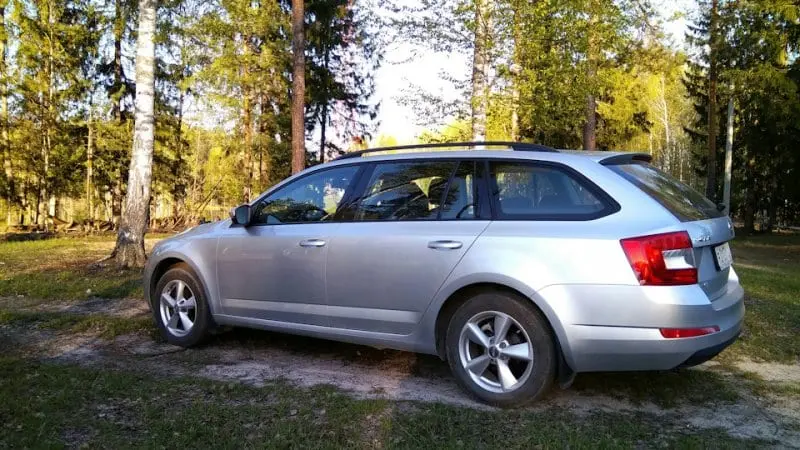
The disadvantages of station wagons include:
- Great price compared to a similar model, only in a sedan body;
- Some models have an incorrect design - a significant part of the trunk is located outside the rear axle, which is why the body is under heavy load when transporting heavy loads (sometimes there were situations when the body was simply torn in half);
- The rectangular body shape is less dynamic compared to liftbacks and sedans;
- Anyone who is used to driving a sedan will have to get used to the increased dimensions of a car, which can complicate traffic in traffic jams and in narrow parking lots;
- The aerodynamic features play against this type of car - the rear window is constantly getting dirty, and the windshield washer or rear view camera does not always help.
In addition, you can learn about the advantages and disadvantages of this type of body from the following video:
Questions and answers:
What is the most reliable station wagon? The most reliable and safe station wagon is considered the Volvo CX70 (produced in 2010-2014). The most capacious analogue is the Subaru Outback of the same production period.
What does a station wagon look like? This is a car with a two-volume body type (roof and hood are clearly defined). The trunk is part of the passenger compartment. It is separated by a shelf and a backrest of the rear sofa.

 Such a car has a large, pronounced rear overhang, and the body looks more like an aquarium (with abundant glazing). The body is clearly two-volume (the hood and the main part stand out), and the rear door is often almost vertically located. In some models, the rear door can be hinged with two leaves. Sometimes the body height of a classic station wagon is higher compared to a similar model in the sedan body.
Such a car has a large, pronounced rear overhang, and the body looks more like an aquarium (with abundant glazing). The body is clearly two-volume (the hood and the main part stand out), and the rear door is often almost vertically located. In some models, the rear door can be hinged with two leaves. Sometimes the body height of a classic station wagon is higher compared to a similar model in the sedan body. A distinctive feature of such modifications is the minimum number of struts in the body (basically, there are no B-pillars, like in convertibles). Rear glazing of panoramic type. due to strict requirements for the safety of cars, such models are now not produced, since during rollover those in the cabin are not protected from injury.
A distinctive feature of such modifications is the minimum number of struts in the body (basically, there are no B-pillars, like in convertibles). Rear glazing of panoramic type. due to strict requirements for the safety of cars, such models are now not produced, since during rollover those in the cabin are not protected from injury.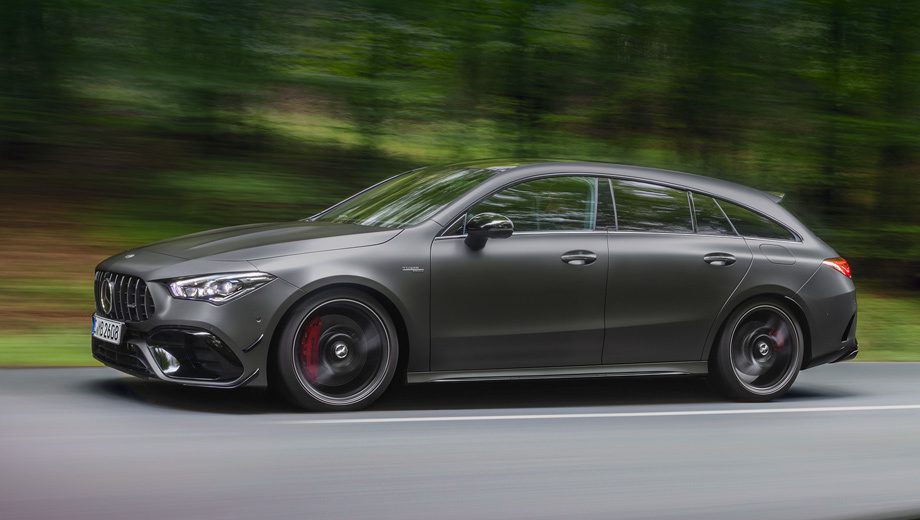 In this category, mainly three-door station wagons. They are less utilitarian and often sporty. Compared to the classic station wagon, this modification is slightly shortened. In terms of design, these models get a custom tailgate for the sake of aerodynamics.
In this category, mainly three-door station wagons. They are less utilitarian and often sporty. Compared to the classic station wagon, this modification is slightly shortened. In terms of design, these models get a custom tailgate for the sake of aerodynamics. Although this body type occupies a separate niche among the list of body types, according to the legislation of many countries and formally belongs to the category of station wagons (two-volume body structure with an almost vertical tailgate). Such models belong to a separate class due to their high ground clearance.
Although this body type occupies a separate niche among the list of body types, according to the legislation of many countries and formally belongs to the category of station wagons (two-volume body structure with an almost vertical tailgate). Such models belong to a separate class due to their high ground clearance.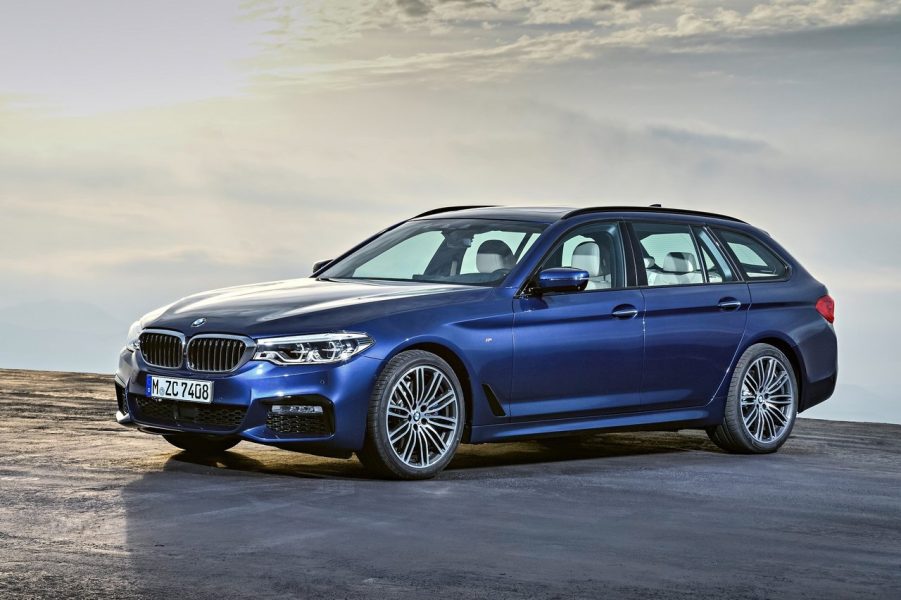 Often, such a body resembles a Gran Turismo model than a utilitarian utility vehicle. In fact, these are elongated coupes that are more convenient for transporting passengers.
Often, such a body resembles a Gran Turismo model than a utilitarian utility vehicle. In fact, these are elongated coupes that are more convenient for transporting passengers.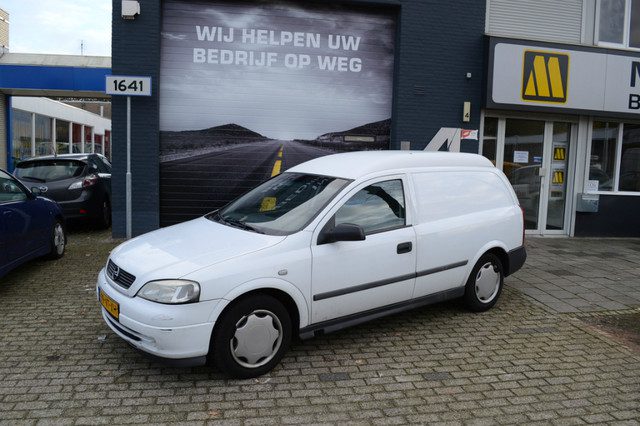 A distinctive feature of these types of station wagons is the absence of glazing in the rear row of seats. Instead of glass, blank panels are installed. The reason is that there are no passenger seats in such a car. Often, such vans are a modernization of the classic station wagon, especially for cargo transportation.
A distinctive feature of these types of station wagons is the absence of glazing in the rear row of seats. Instead of glass, blank panels are installed. The reason is that there are no passenger seats in such a car. Often, such vans are a modernization of the classic station wagon, especially for cargo transportation.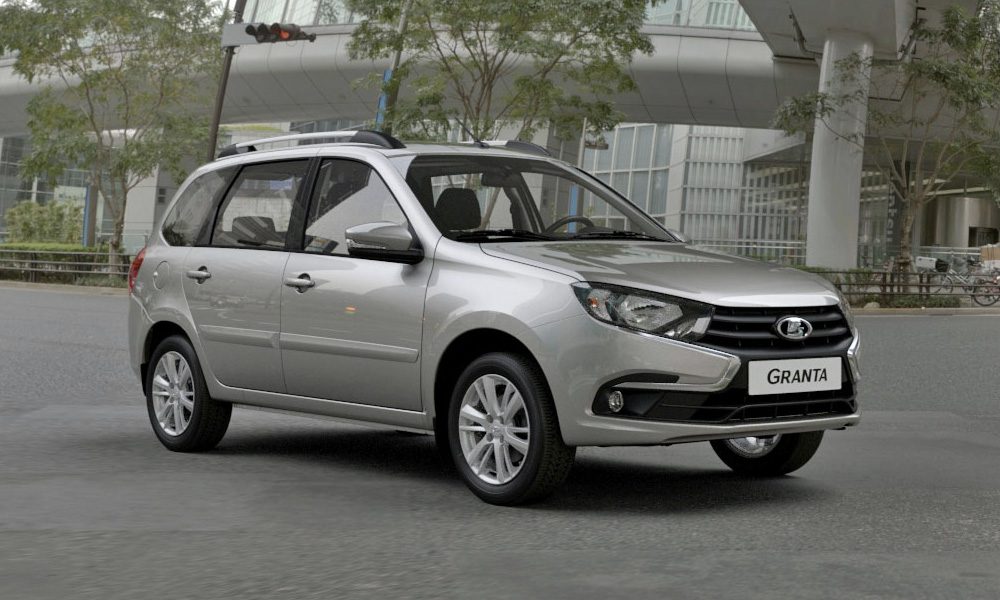 From the front, this model is identical to the Kalina design. Depending on the configuration and special offers of car dealerships, the cost of a new Grants starts at 16.3 thousand dollars.
From the front, this model is identical to the Kalina design. Depending on the configuration and special offers of car dealerships, the cost of a new Grants starts at 16.3 thousand dollars.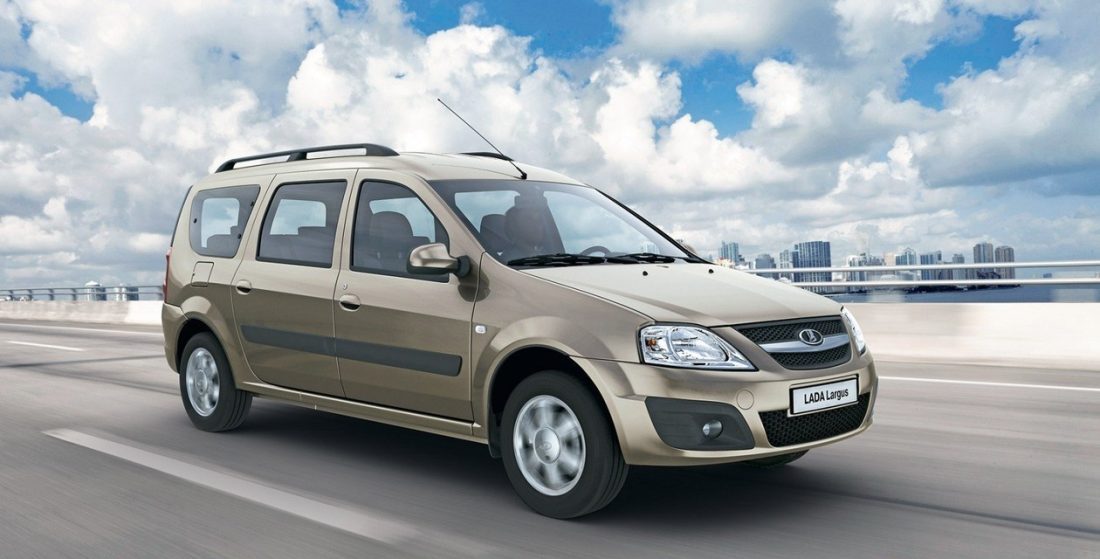 This model borrowed the design and technical part from Renault Logan, only the body in the case of Largus is enlarged. A very popular model due to its utilitarian features. Sales of such a car start at 20 thousand USD.
This model borrowed the design and technical part from Renault Logan, only the body in the case of Largus is enlarged. A very popular model due to its utilitarian features. Sales of such a car start at 20 thousand USD. This is the know-how in the line of models of the domestic manufacturer. The model will compete with foreign counterparts, but at a more modest price. In the salon, such a car can be bought starting from 23 thousand dollars.
This is the know-how in the line of models of the domestic manufacturer. The model will compete with foreign counterparts, but at a more modest price. In the salon, such a car can be bought starting from 23 thousand dollars.